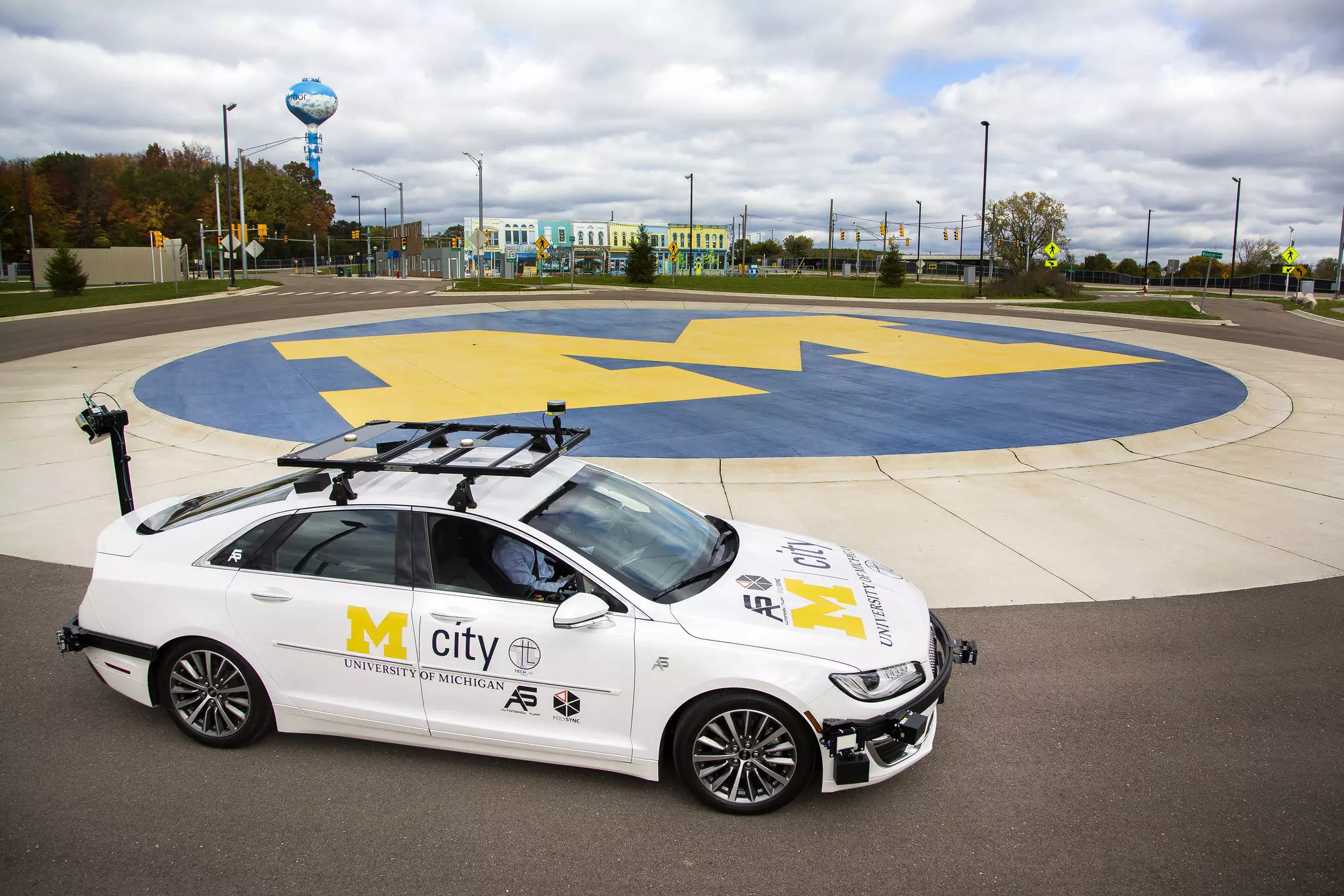Self-driving vehicles are at the forefront of technological advancement, with networks that collaborate and communicate to make decisions. However, a recent study led by the University of Michigan has highlighted the vulnerability of these networks to data fabrication attacks.
The concept of vehicle-to-everything (V2X) communication has the potential to revolutionize transportation by allowing connected and autonomous vehicles to share information. While this collaborative perception can enhance the capabilities of these vehicles, it also opens the door to security risks.
Professor Z. Morley Mao and doctoral student Qingzhao Zhang conducted a study to understand the extent of these vulnerabilities. They introduced sophisticated, real-time attacks that were tested in both virtual simulations and real-world scenarios at the Mcity Test Facility.
The attacks administered falsified LiDAR-based 3D sensor data, which appeared realistic to the system but contained malicious modifications. These attacks were highly effective, with success rates reaching 86% in virtual simulations and triggering collisions and hard brakes in on-road scenarios.
To counter these attacks, the researchers developed a system called Collaborative Anomaly Detection, which leverages shared occupancy maps to cross-check data for geometric inconsistencies. This system achieved a detection rate of 91.5% in virtual environments and reduced safety hazards in real-world scenarios.
The findings of the study provide important insights for improving the safety of connected and autonomous vehicles. By detecting and countering data fabrication attacks, this research paves the way for enhanced security in transportation, logistics, smart city initiatives, and defense.
The vulnerability of self-driving vehicle networks to data fabrication attacks poses a significant threat to the safety of passengers and other drivers. The study by the University of Michigan researchers not only sheds light on these risks but also offers preventive measures to mitigate them. By setting a new standard for research in this domain, this study contributes to the ongoing development and innovation in autonomous vehicle safety and security.


Leave a Reply
You must be logged in to post a comment.